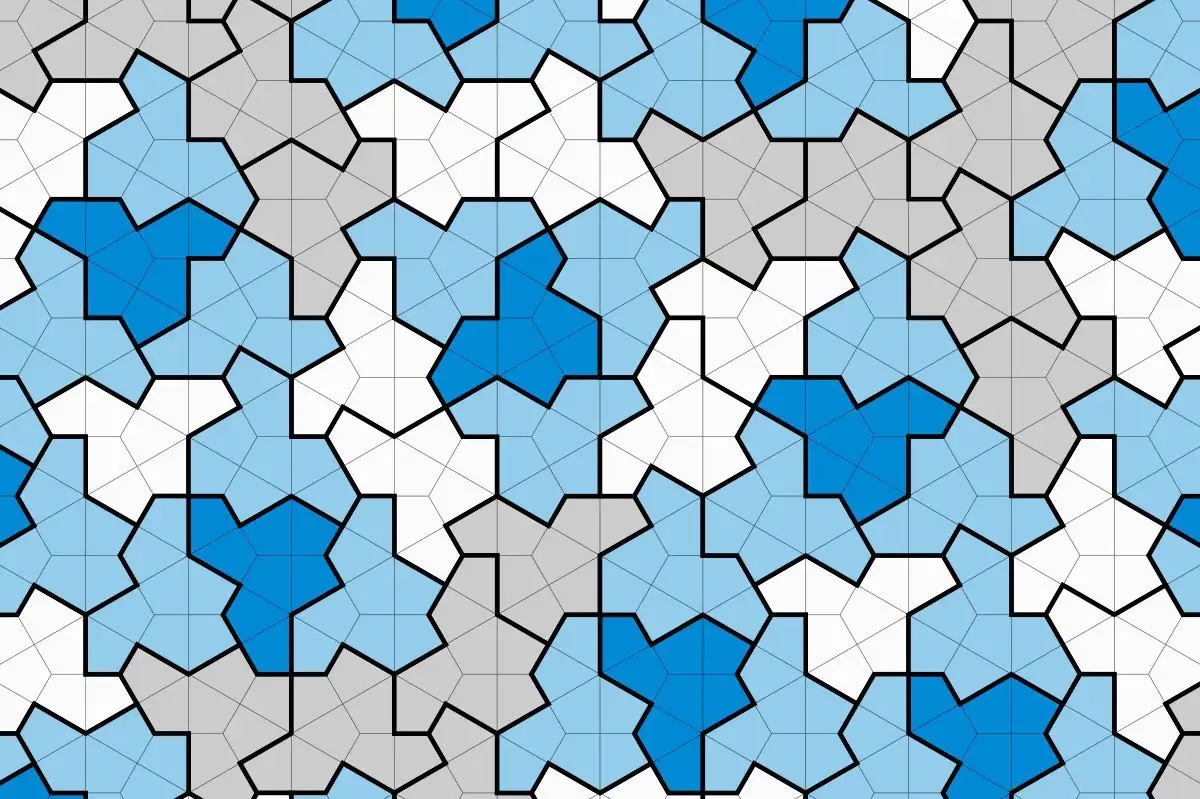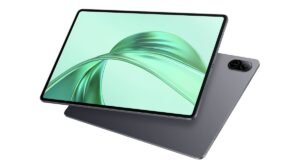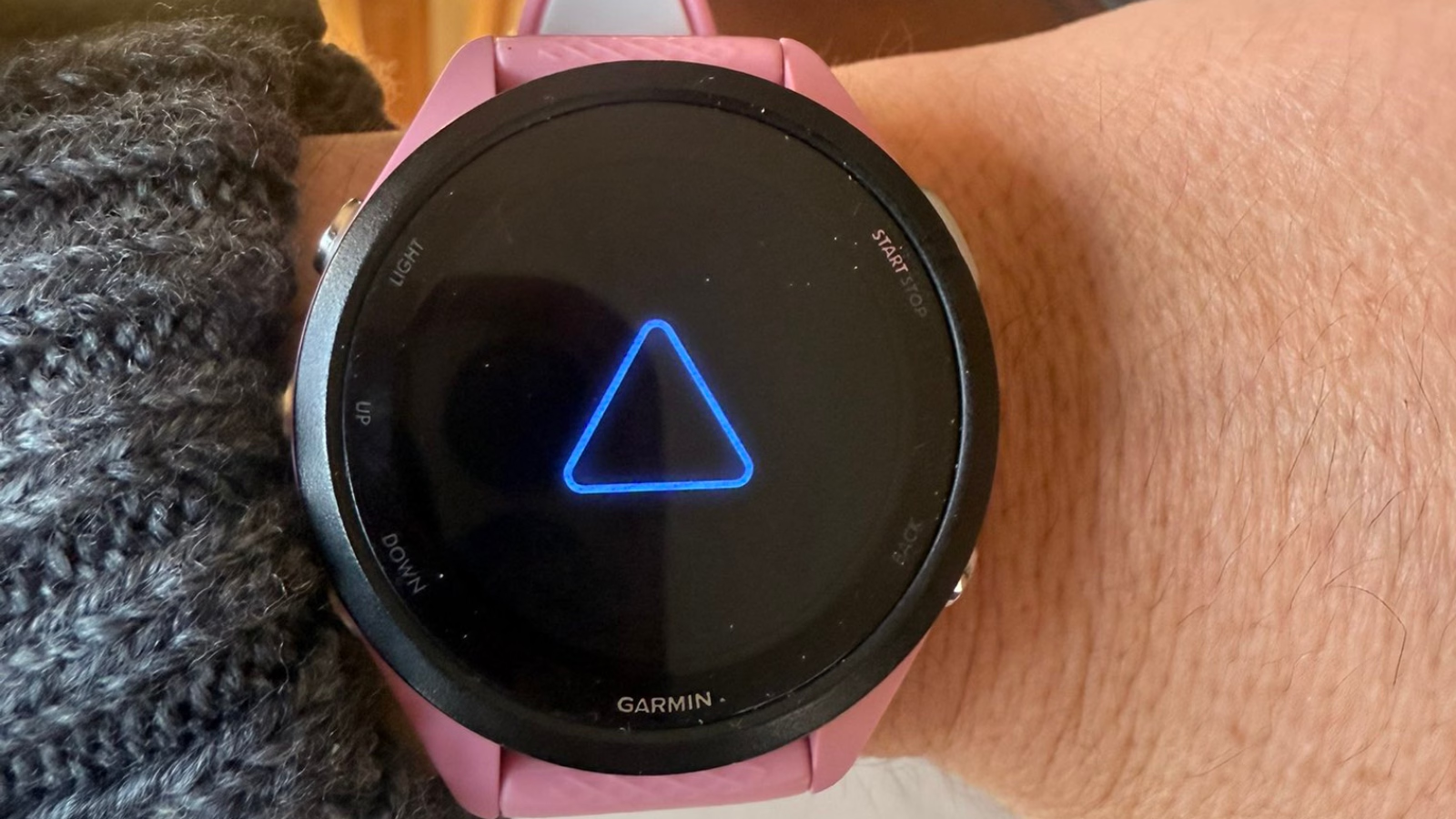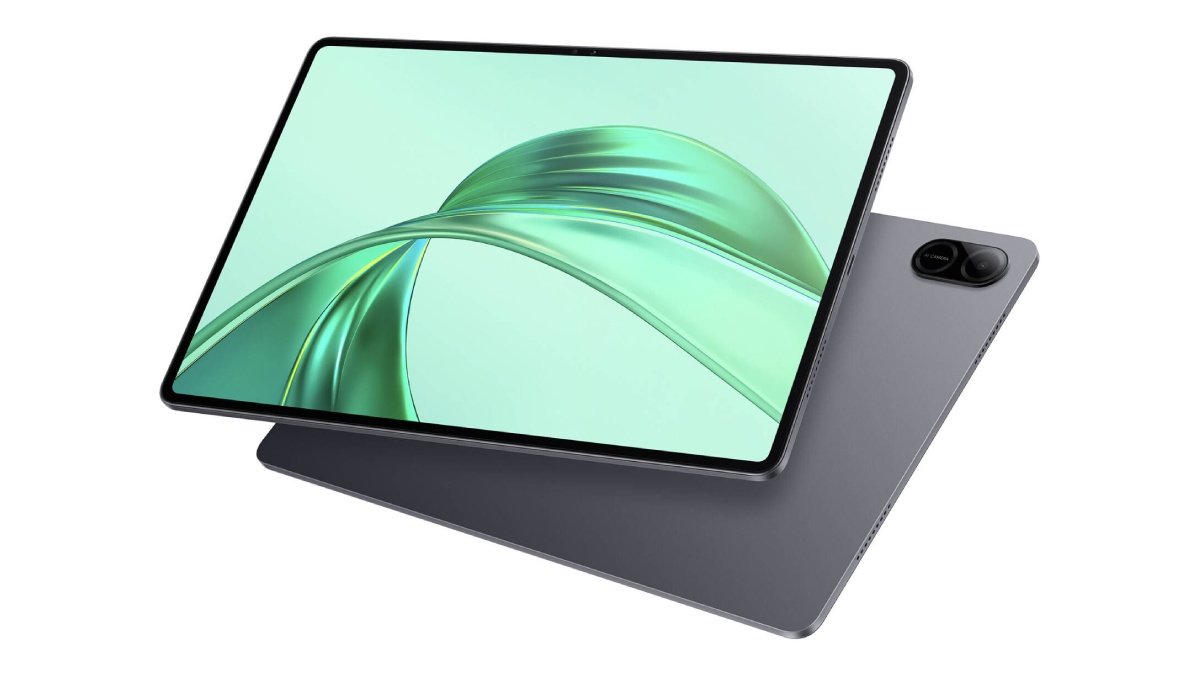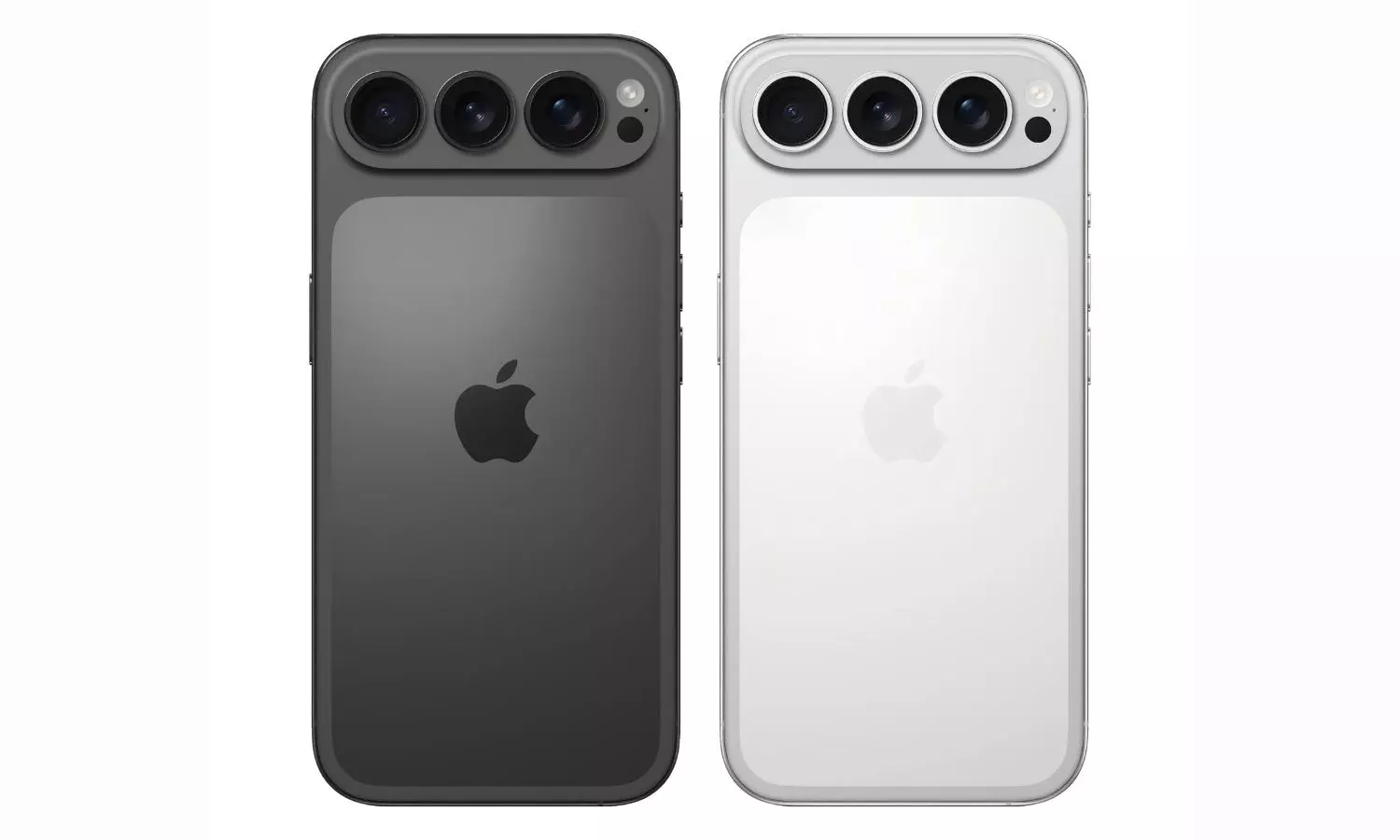Quantum computing, an area promising to revolutionize industries by performing tasks inconceivable for classical computers, faces a significant challenge in the form of quantum bit, or qubit, fragility. Unlike traditional bits, which exist in a state of 0 or 1, qubits can be in a superposition of both states simultaneously. This delicate balance allows for unprecedented computing power but is easily disrupted by the slightest environmental interactions, causing computation errors or the collapse of the qubit’s state. The quest for stable quantum computation has led researchers to an unexpected ally: the mathematical phenomenon of never-repeating tile patterns, known as aperiodic tilings.
Key Highlights:
- Quantum Fragility: Quantum superpositions, enabling qubits to hold both 0 and 1 states, are highly sensitive, making quantum information prone to errors.
- Peter Shor’s Quantum Error Correction: In 1995, a breakthrough came with Shor’s quantum error-correcting codes, capable of managing errors without derailing computations.
- The Novel Approach: Researchers Zhi Li and Latham Boyle have linked the properties of aperiodic tilings, specifically Penrose tilings, to quantum error correction, offering a new way to safeguard quantum information.
The Intersection of Mathematics and Quantum Physics
Quantum error correction is akin to distributing a secret across a network of spies, where each spy knows so little that capturing one reveals nothing about the overall mission. Similarly, quantum codes spread information across multiple qubits in such a way that errors affecting individual qubits don’t compromise the computation. This approach ensures that the encoded quantum information remains intact despite some level of qubit error.
The breakthrough realization came during a casual conversation between Li, a postdoc at the Perimeter Institute for Theoretical Physics, and Boyle, an expert in aperiodic tilings. They identified the mathematical similarity between aperiodic tilings’ property of local indistinguishability and the foundational principle of quantum error correction. This insight led to the innovative idea of constructing a quantum error-correcting code based on the unique patterns of Penrose tilings.
Quantum Tiles: Bridging Concepts
Penrose tilings, known for their never-repeating patterns, offer a model for encoding quantum information in a way that mirrors the error tolerance of quantum codes. By treating each tiling as a quantum state and defining errors as disruptions in the tiling pattern, Li and Boyle devised a quantum code where localized errors do not compromise the overall state, akin to the resilience of quantum error-correcting codes.
This new method represents a significant theoretical advancement in quantum computing, providing a fresh perspective on protecting quantum information from errors. While the practical application of tiling-based quantum codes to real-world quantum computing remains a challenge due to the continuous and infinite nature of Penrose tilings, this discovery opens up new avenues for research into quantum error correction and the stable operation of quantum computers.
The Challenge of Implementation
While the theoretical framework is promising, translating these concepts into practical applications for quantum computing poses significant challenges. The continuous and infinite nature of Penrose tilings contrasts with the discrete and finite requirements of most quantum computing architectures. Additionally, the complexity of implementing such tiling-based quantum error-correcting codes in a physical quantum system raises questions about scalability and feasibility.
Despite these challenges, the exploration of aperiodic tilings as a means to protect quantum information encourages further research and development in quantum error correction strategies. It highlights the importance of cross-disciplinary collaboration in unlocking the full potential of quantum computing.
The fusion of quantum physics and mathematical tilings not only underscores the interdisciplinary nature of quantum computing research but also highlights the untapped potential of mathematical concepts in solving some of the most complex problems in quantum science.


